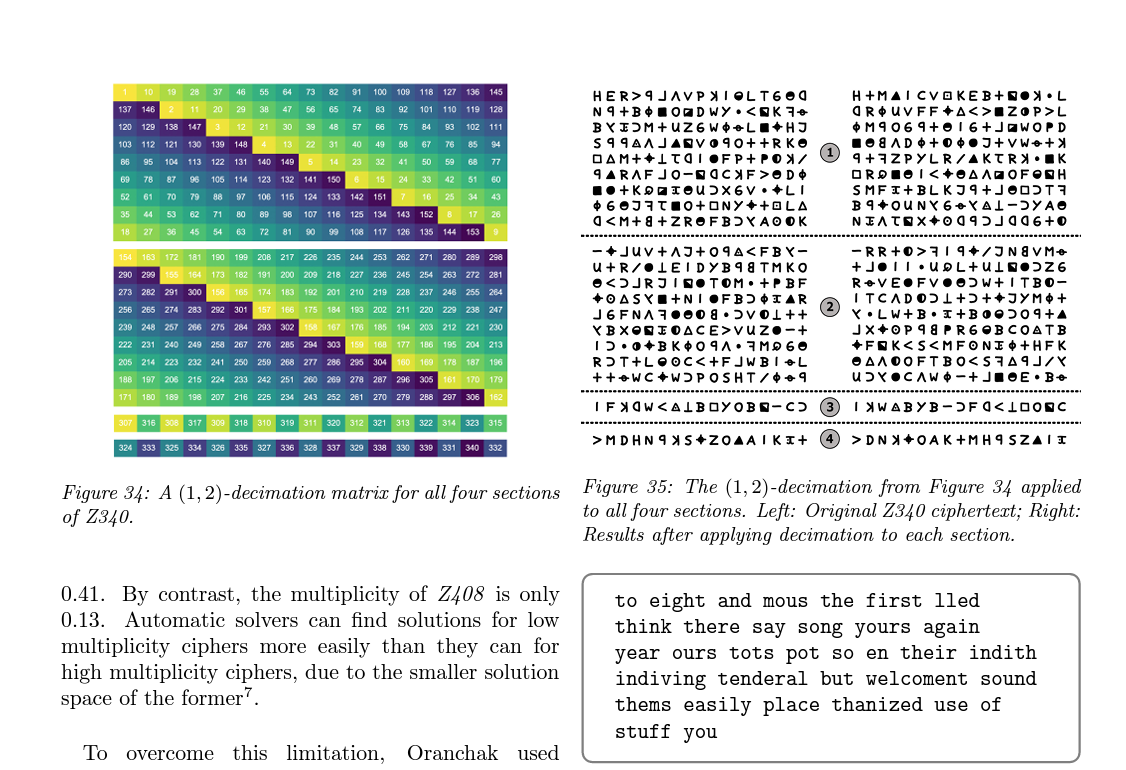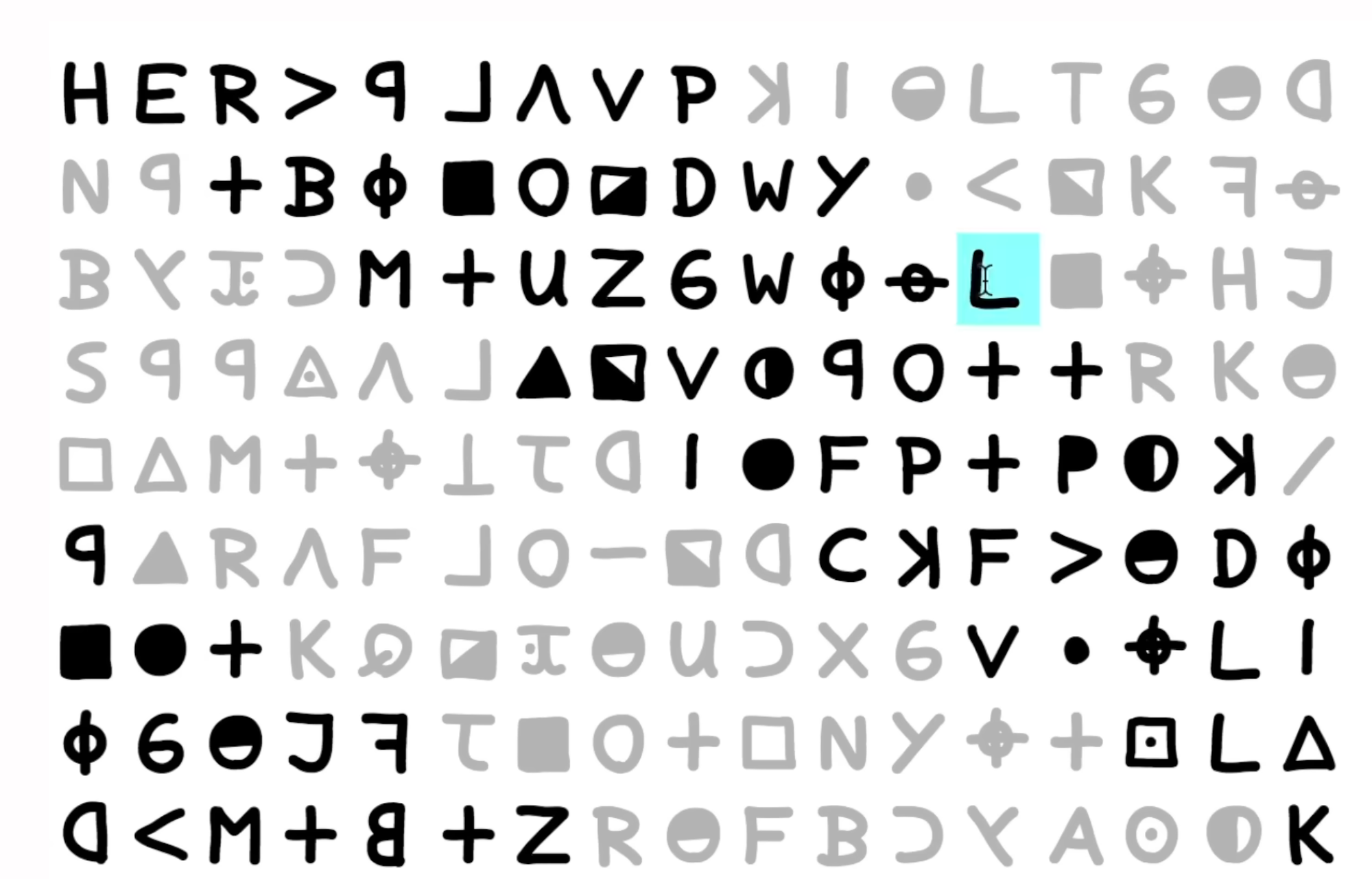Subscribe
Four years after solving the most infamous Zodiac Killer cipher, the three cryptographers who did it have meticulously detailed their efforts in a whitepaper that explains all of the things they tried that didn’t work, the software they wrote to help them decrypt the cipher, and their theories about how the original cipher was created.
The most infamous Zodiac Killer cipher, called Z340, first appeared in San Francisco newspapers on November 12, 1969 and remained unsolved for 51 years. David Oranchak, Sam Blake, and Jarl Van Eycke eventually solved the Z340 cipher and explained it in a 2020 YouTube video. The FBI later confirmed that it believed the solution posted to YouTube was correct.
Since then, Oranchak has spoken extensively about the solution on his YouTube page and with journalists about the solution, but a 29-page paper published by the trio last week is the most definitive account about how the solving process was done, and how the ultimate solution “was preceded by the authors’ many years of failed experiments, dead-end ideas, and efforts to summarize what was known about the zodiac case and ciphers.”
Because it deals with a cipher that remained unsolved for 51 years, the paper is quite technical, and it’s worth a read if you’re interested in cryptography. But I also found the paper interesting because it posits a few cultural theories for why the cipher was so difficult to solve. It explains how crowdsourcing on the internet helped solve it, but also made the process more difficult in a variety of ways that will probably sound familiar to anyone who has ever been on a message board or social media before.
“Online collaboration was an important component in the search for a solution to Z340. Many participants in this search made online contributions such as forum posts, blog entries, emails, social media posts, and videos,” they write. “A significant challenge in this effort was organizing the information that was generated from such a diverse community, which is composed of contributors with a wide range of skills, both applicable and non-applicable to cryptanalysis.”

Oranchak explains that he set up a web page in 2012 “to collect factual observations made on the Zodiac ciphers over the years,” after realizing that “crowdsourced research” was originally helpful but that many conversations were “argumentative in nature, so useful factual details got lost in the noise.”
The paper also explains that the cipher was so difficult to solve because it used a variety of shifting cryptographic techniques, and that it remains unclear whether different, shifting patterns in the cipher were introduced purposefully or whether they were “a random unintended result of the encipherment process.”
“It is clear that the complications introduced by Zodiac led to much delay in its solution,” they wrote. “If the cipher were simply one of the well-understood classical systems, such as homophonic substitution, transposition, or polyalphabetic substitution (e.g., Vigenere), then traditional cryptanalysis and application of powerful cipher solving tools would have broken it. But [there were] several factors that needed to be discovered confounded cryptanalysis for many years.”
The full paper can be found here.


